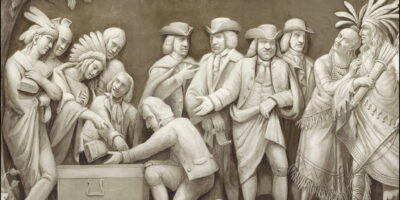Money in a Near-Cashless Society
Many models in macroeconomics leave out a seemingly important feature in an economy: money. As Laurence Meyer put it, “Money plays no explicit role in today’s consensus macro model. It plays virtually no role in the conduct of monetary policy, at least in the United States.”
This is even true in the field of monetary economics. For example, a popular graduate-level monetary economics textbook, Michael Woodford’s Interest & Prices: Foundations of a Theory of Monetary Policy, is built around a cashless economy. As Woodford writes, the model assumes there are “no transactions frictions that can be reduced through the use of money balances.” Instead, people in the model use credit for trading.
Many justifications have been given for leaving money out of the model. Most reasons are some variation of “Money doesn’t matter that much.” Woodford’s book and another famous textbook, by Jordi Gali, both note that the monetary base is small relative to nominal spending. They then use this fact (along with other empirical justifications) to argue that little of the effect of monetary policy on output can be attributed to monetary frictions. Therefore, the cashless economy, while not found in the real world, is a good approximation of a real-world economy with a small amount of cash.
A new paper posted online by Ricardo Lagos and Shengxing Zhang challenges Woodford’s and Gali’s justification. Using a new-monetarist model that explicitly models the frictions that make money essential, Lagos and Zhang argue that an economy with a little bit of money is not approximately the same as an economy with no money. There is a big difference between having a little money and having no money.
While the overall model is complicated, the mechanism is straightforward. The insight comes from seeing that money is a substitute for credit. In general, any good influences the market for its substitutes. In Econ 101, we talk about the market for natural gas influencing the price of petroleum. Here, money influences the market for credit.
It may be true that money is used in few transactions directly. But money could be used instead of credit. That option affects the terms of trade in the credit market. To use Frédéric Bastiat’s distinction, the “seen” is the small amount of money used but the “unseen” is its influence on other markets, particularly the credit market. All of these markets are intertwined. We need to keep our eyes open for the unseen.











